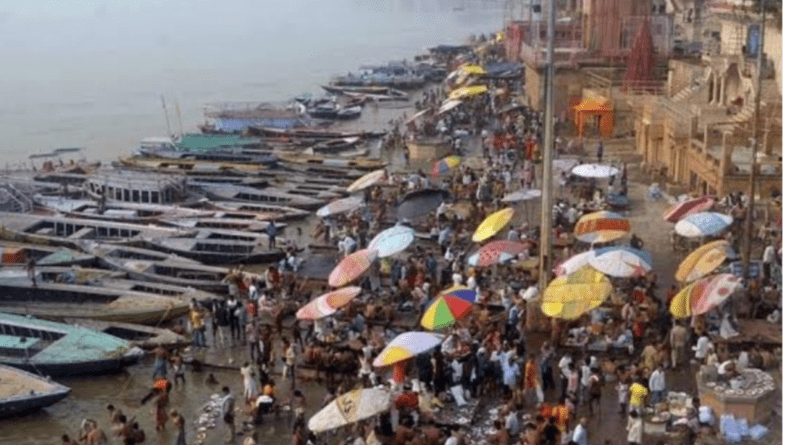NEW:What Happened When Kashi And Tamil Shared Common Traditions?
There are innumerable links between Tamil Nadu and Kashi.
The Kashi Tamil Sangamam (KTS) 2022 revived the timeless ties between Tamil Nadu and Uttar Pradesh and restored the long-standing relationship between Rameswaram and Kashi. Held in Varanasi between December 17 and 30, KTS 2023 was a sangamam (confluence) of literature and language, art and architecture, philosophies and practices, science and shastra, tradition, and technology.
In his addresses at numerous significant national and international gatherings, Prime Minister Modi has extensively discussed the merits and contributions of Tamil literature, culture, and customs. Giving fair credit to Tamil culture and traditions is his objective.
If God had so desired, he would have made all Indians speak one language,” Rabindranath Tagore famously remarked. India’s unity has always been and will continue to be one rooted in diversity. The nation is home to more than 19,500 dialects, with Sanskrit and Tamil, the two oldest languages in the world, being spoken in Kashi and Tamil Nadu.
Kashi and Tamil Nadu are highly regarded in India’s civilisational history for their contributions to the advancement of knowledge, the emergence of a dynamic language heritage, and the dissemination of spirituality. For those devotees unable to go to Kashi, King Adhiveera Pandiyan, a descendent of the dynasty that founded Sivakasi, constructed the Shiva Temple in Tenkasi, southwest Tamil Nadu, in the fifteenth century. Much later, the esteemed Saint Kumaragurupara, who was born in Tirunelveli in the 17th century, founded the Kumaraswamy Mutt and penned the grammatically correct Kashi Kalambakam, a collection of poetry on Kashi.
The people of the two regions were not only exposed to new practices through this interaction, but the boundaries between their respective traditions became more fluid and dynamic as elements of each sank into the other. With some of the most amazing temples, like the Ramanathaswamy and Kashi Vishwanath temples, these two states have become important temple hubs.
There are many ties between the two areas, and there has long been a vibrant exchange of ideas in academia, literature, and the arts. Tamil ilakkiaparambarai (the literary heritage of Tamil Nadu) rose to prominence, while Kashi served as an example of Pandita Parampara.
The former president of India, Sarvepalli Radhakrishnan, served as vice chancellor of Banaras Hindu University, which was founded by eminent figures such as CV Raman. UNESCO has designated Kashi and Chennai as “Creative Cities of Music.” This remarkable relationship is demonstrated by the fact that Kashi’s well-known Hindustani singer Siddheshwari Devi mentored MS Subbulakshmi, the renowned singer, actress, and laureate of the Bharat Ratna. A place’s aesthetic traditions are the best means of studying and defining its culture, and both of these locations have cultivated and preserved a vast body of common literature and art.
Folk dance and Bharatanatyam performances; art-culture, music, and literature exhibitions; festivals including food from South India; and Tamil cinema. Similar to the Kashi-Tamil strands, India’s identity is the product of centuries of assimilation and is made up of countless strands that come together to form the essential union that it Is today.




